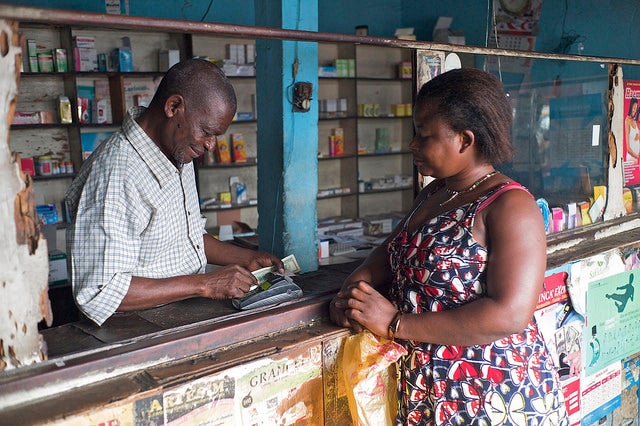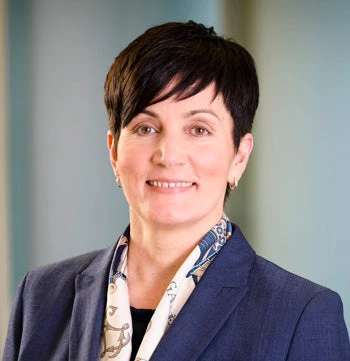
Fragility, conflict and violence affect more than two billion people across the globe . And while poverty on the whole is declining, that's not the case in countries affected by conflict.
It is these countries plagued by near-constant political and economic instability that are often the ones most in need of private investment. Yet they are also the places few private investors are willing to go. The risks seem to outweigh the rewards.
The United Nations’ Sustainable Development Goals (SDGs) aim to pull hundreds of millions of people out of extreme poverty by 2030 – an extraordinary undertaking that also comes with an extraordinary price tag.
Governments and official development assistance fall well short of this entire bill, estimated to be over $4 trillion per year. The private sector, with trillions of dollars sitting on the sidelines seeking investment return, is the most obvious alternative when it comes to filling that gap.
Fortunately, private corporations are increasingly stepping up – investing with an eye to development impact as well as to rate of return. Ontario’s Sarona Asset Management targets emerging and frontier markets by investing growth capital in private equity funds and companies that benefit local communities and the environment. The Washington, DC-based CrossBoundary works to bring advisory services as well as investment to those same markets.
But if the SDGs are to be realized, we all need to consider adding the world’s most fragile countries to our investment portfolios. Private investments are driven by complex judgments about risk and reward. Getting the balance right often requires governments and the private sector to work together. It demands the creation of new financial instruments and platforms that can mitigate risk and encourage the flow of private capital into challenging markets.
The International Finance Corporation (IFC) has already helped attract private investment to a multitude of emerging markets , tapping private pension funds and others to build more than $24 billion worth of new roads and highways in Colombia, partnering with private investors to bring off-grid solar energy to nearly 500,000 people in east Africa, and bringing mobile banking to sub-Saharan Africa. We have created a variety of innovative platforms – including the Managed Co-lending Portfolio Programme for Infrastructure – that have mobilized billions for investment in the world’s toughest markets. These investors are willing to go into developing countries because the IFC helps pave the way into them, absorbing some of the risk.
Today, more and more investors are extending this approach further into fragile and conflict-affected areas. According to the Brookings Institution, “of the 1,600 USAID public-private partnership since 2001, one-third are in the 50 countries on the list of fragile states”.
Many sectors offer potential in these countries for both healthy return on investment and strong development impact. Technology, for example, presents massive opportunity to do good by doing well.
Without technology, people living in remote, poverty-stricken regions often have no access to healthcare services, educational opportunities or banking. As of late 2016, more than half the world’s population remained cut off from the internet’s digital economy. That’s why projects like the East Africa Submarine Cable System (EASSy), a 10,000km, $235 million undersea cable system deployed in 2010 along the east and south coast of Africa, are so critical. Owned by a consortium of private companies, the fibre optic cable is the first system to deliver direct connectivity from east Africa to Europe and North America.
We need more projects like EASSy that will help create new markets, attract new investors and realize the SDGs – particularly in fragile and conflict-affected countries. The World Bank’s International Development Agency (IDA) recently created the $2.5 billion Private Sector Window to help do just that – catalyze private sector investment in the poorest countries, especially unstable and war-torn ones.
We need more ways to draw in investors who are willing to take chances in countries that need us most. These are the places where we can all make the greatest difference in ending extreme poverty and boosting shared prosperity. These are the places where economic and social progress would ensure peace and stability.
These are the places where the private sector matters most.
Originally published by the World Economic Forum as part of the World Economic Forum Annual Meeting.


Join the Conversation